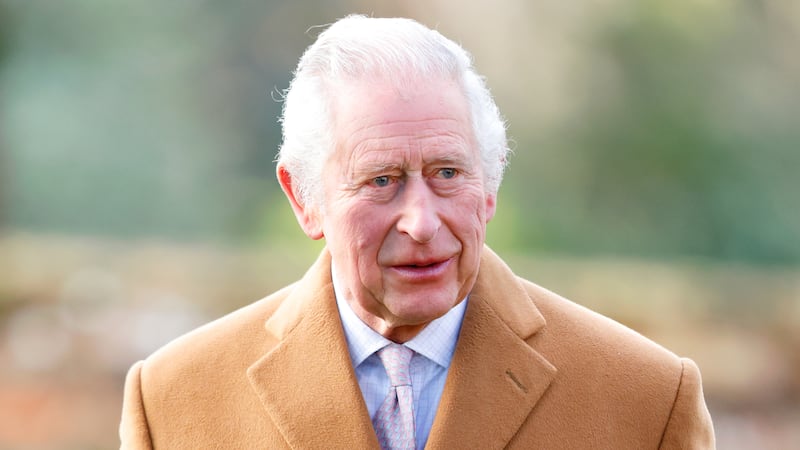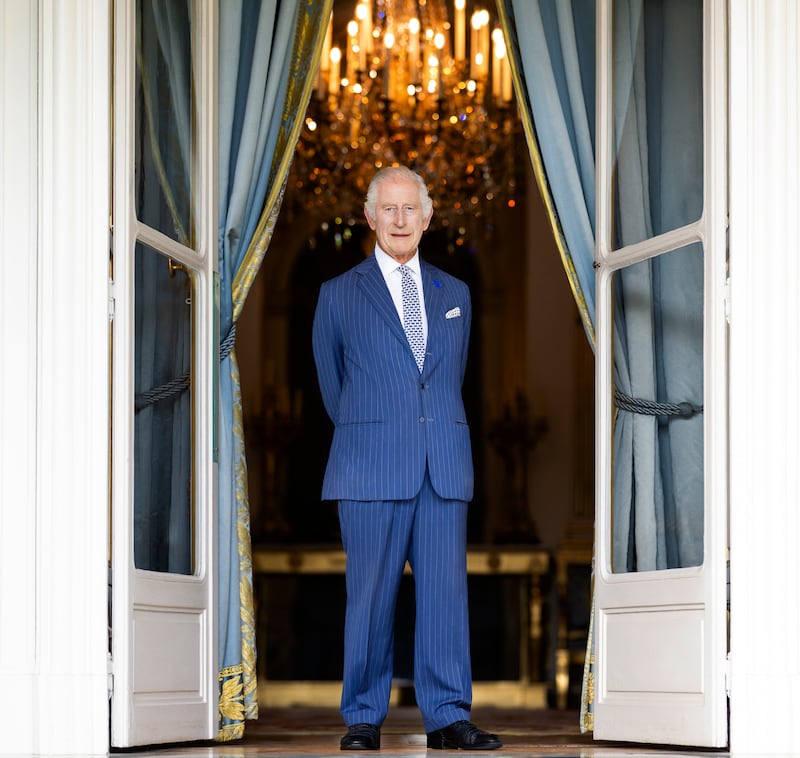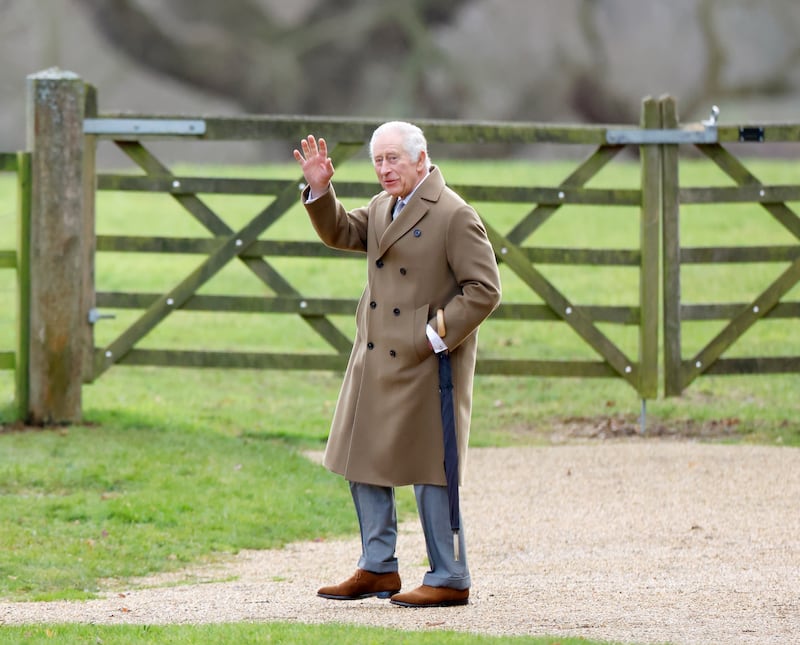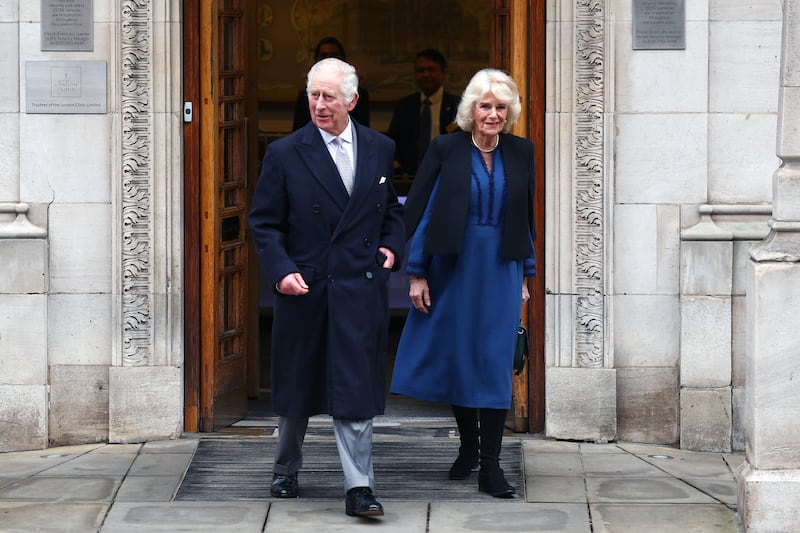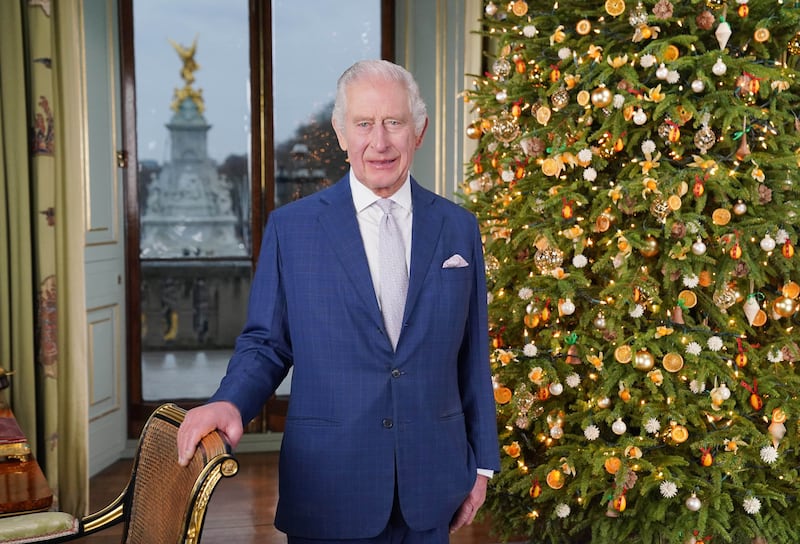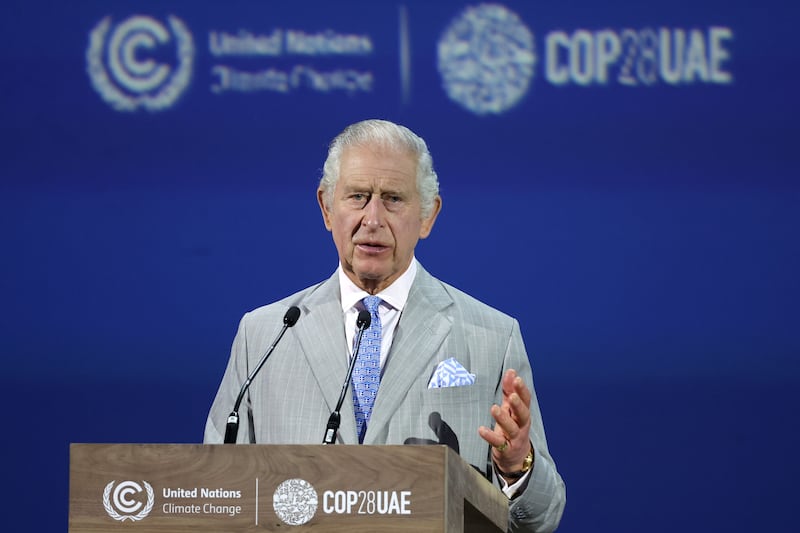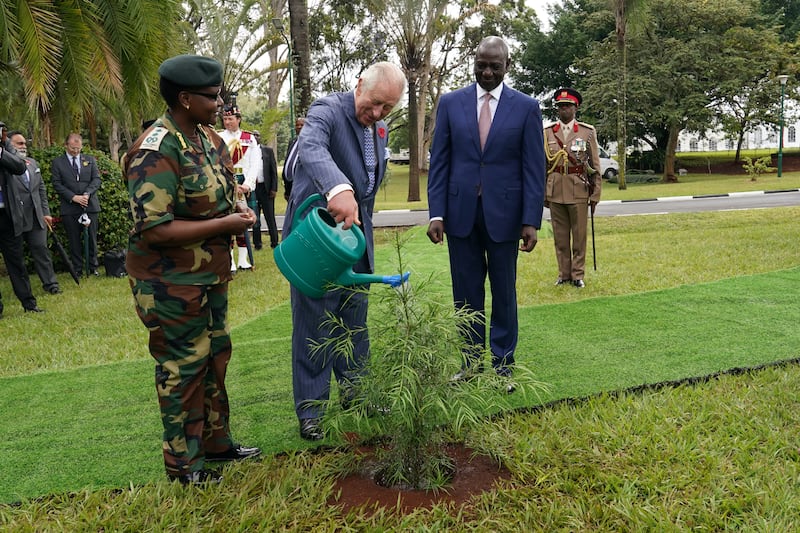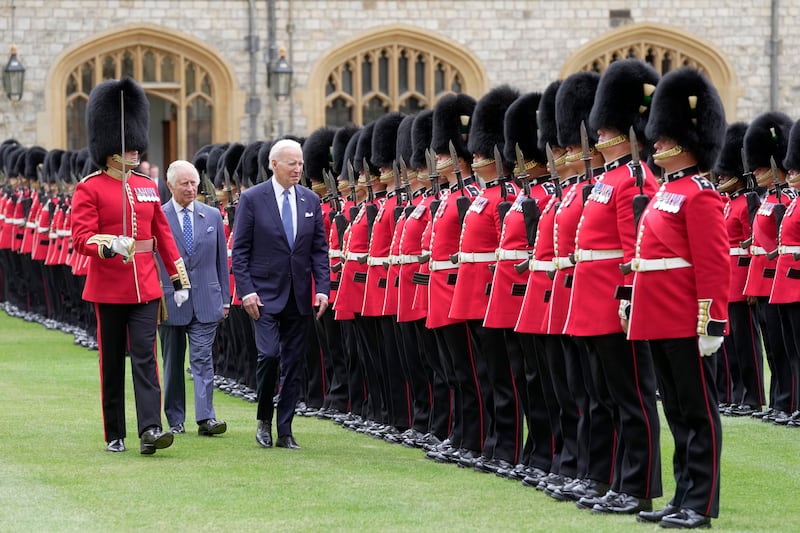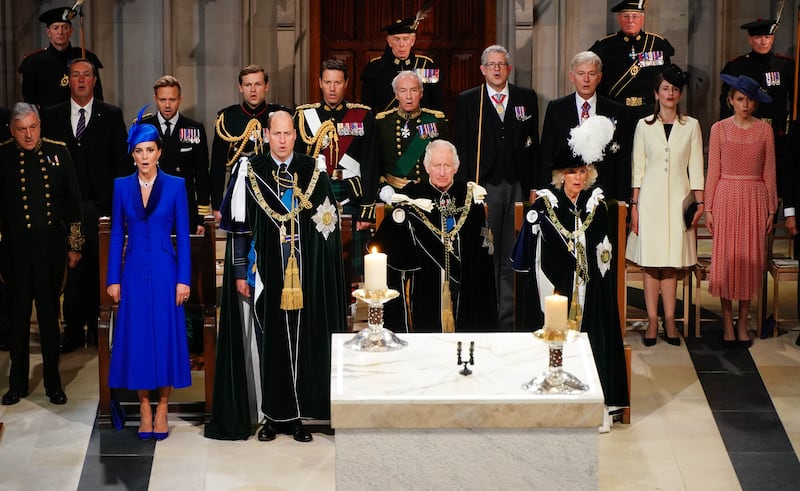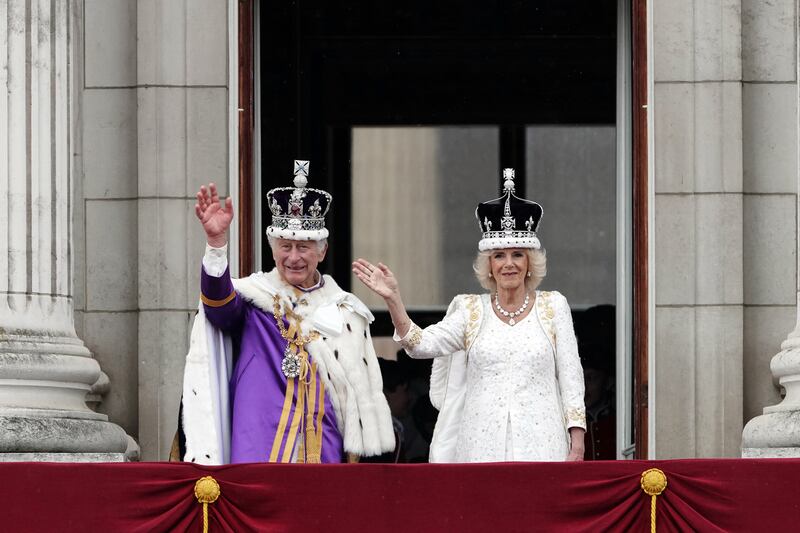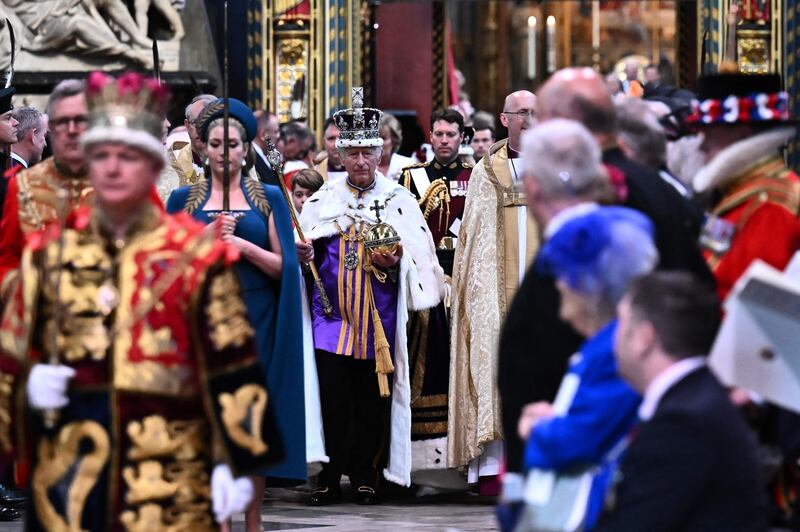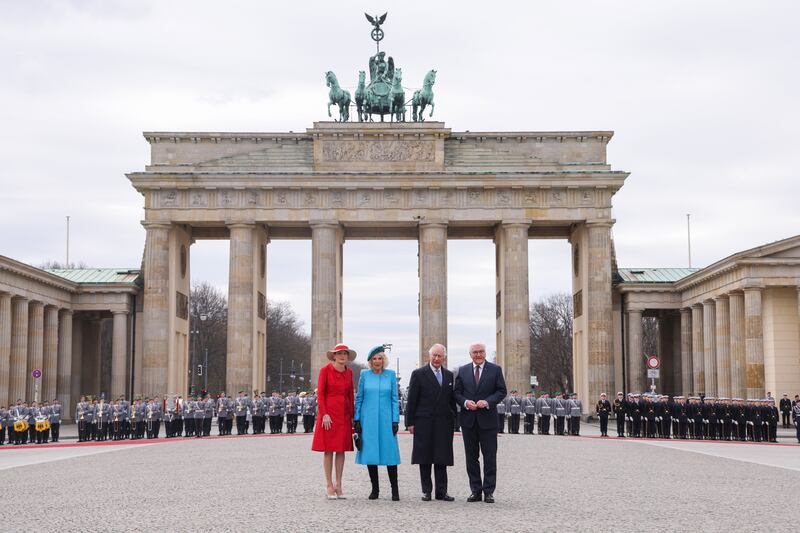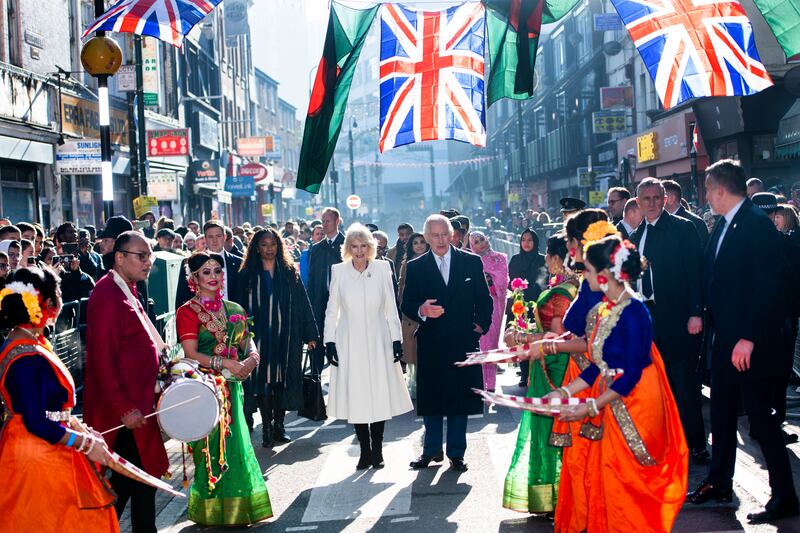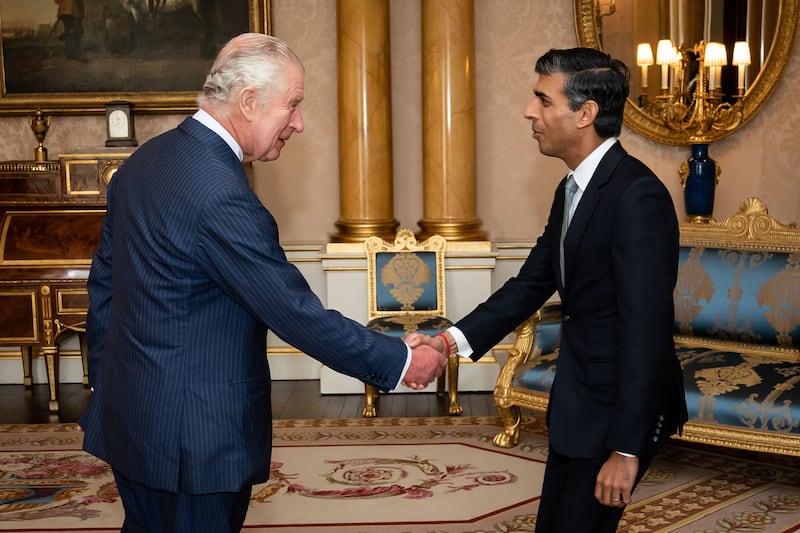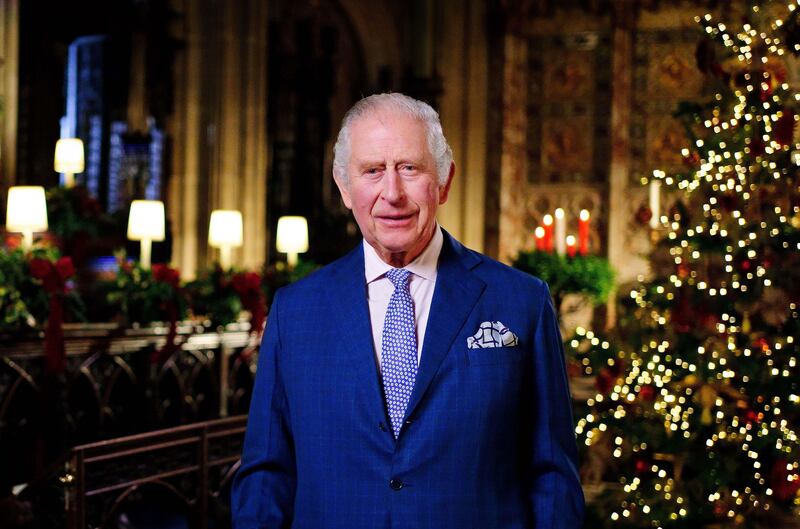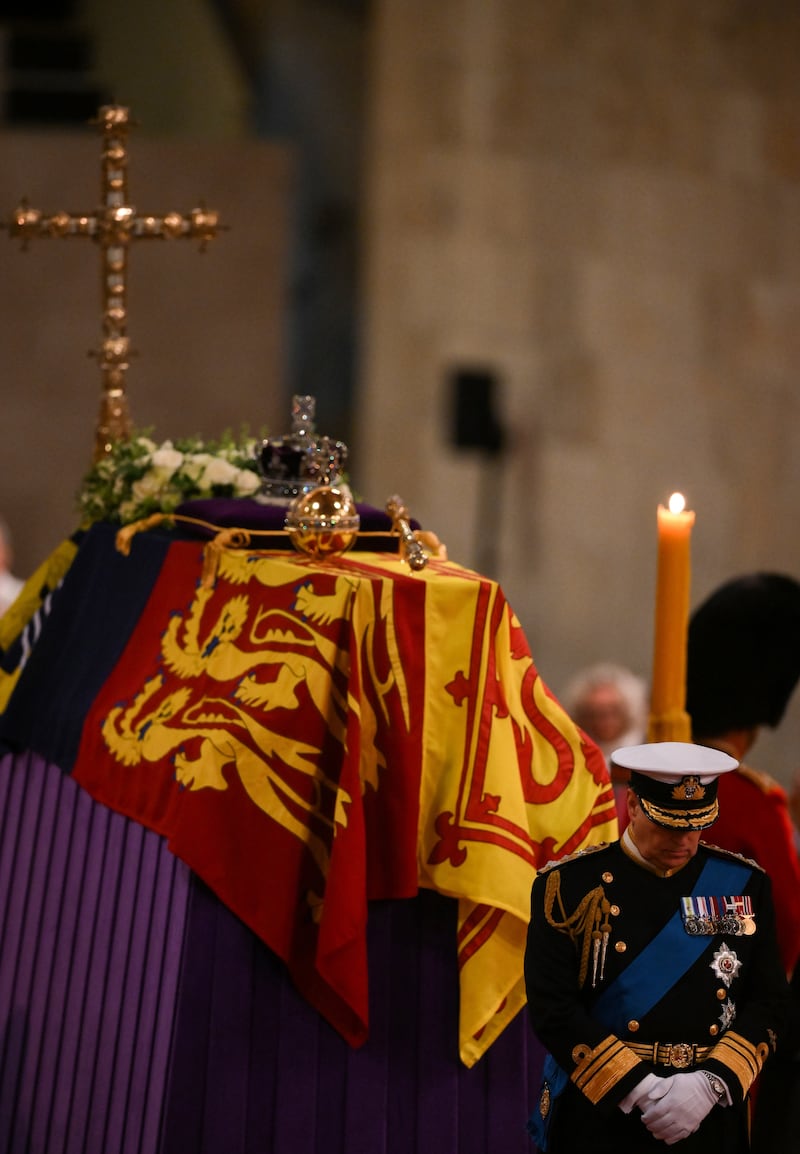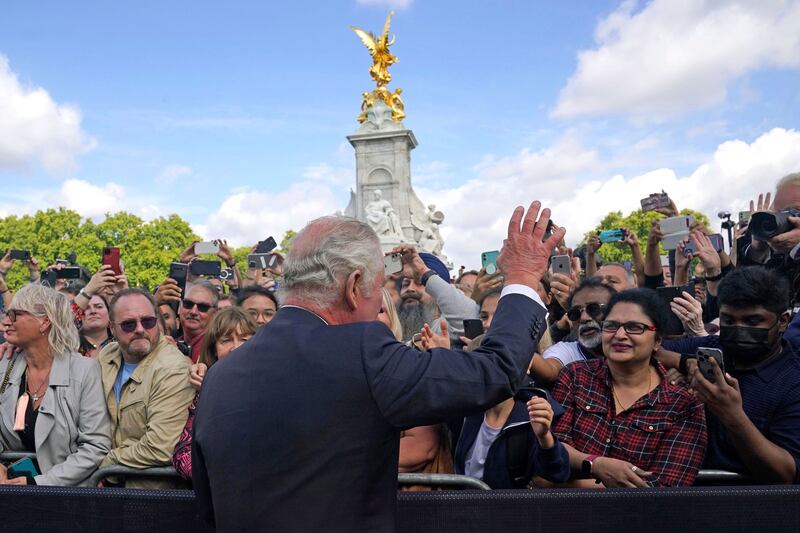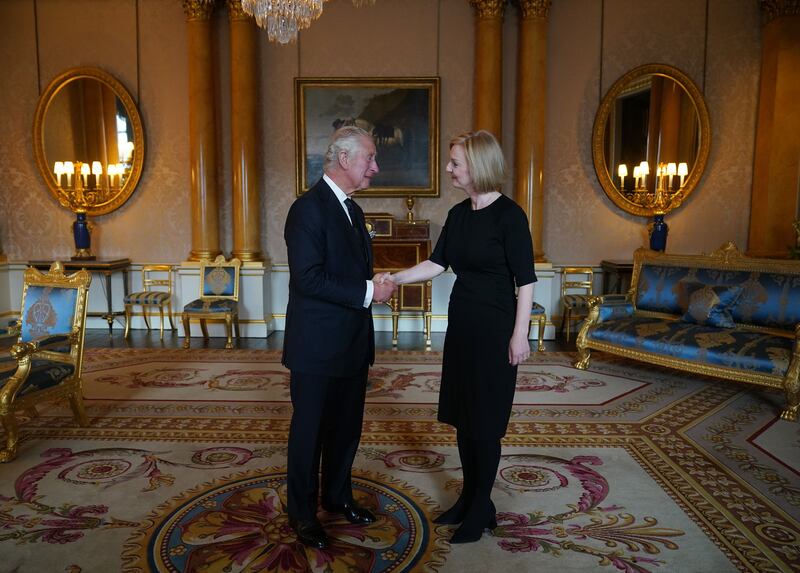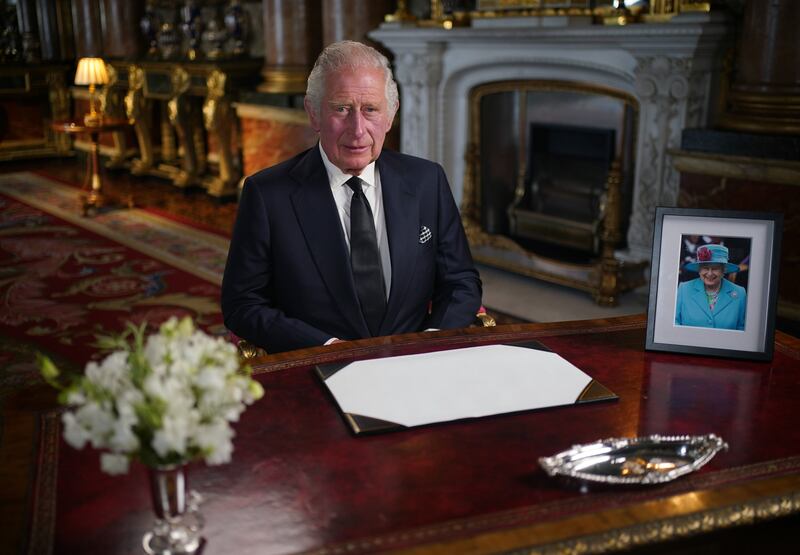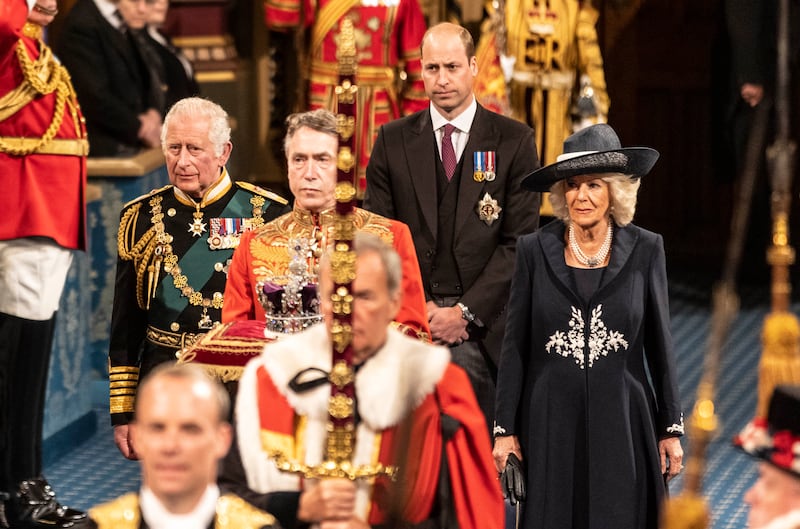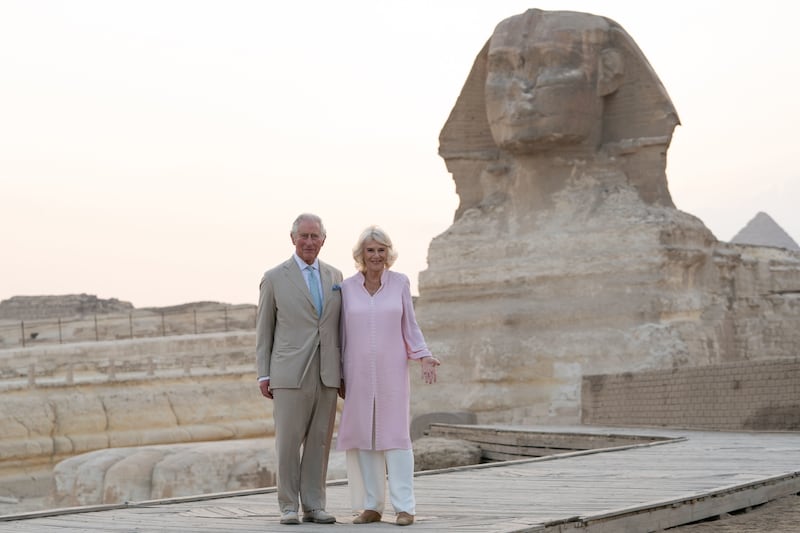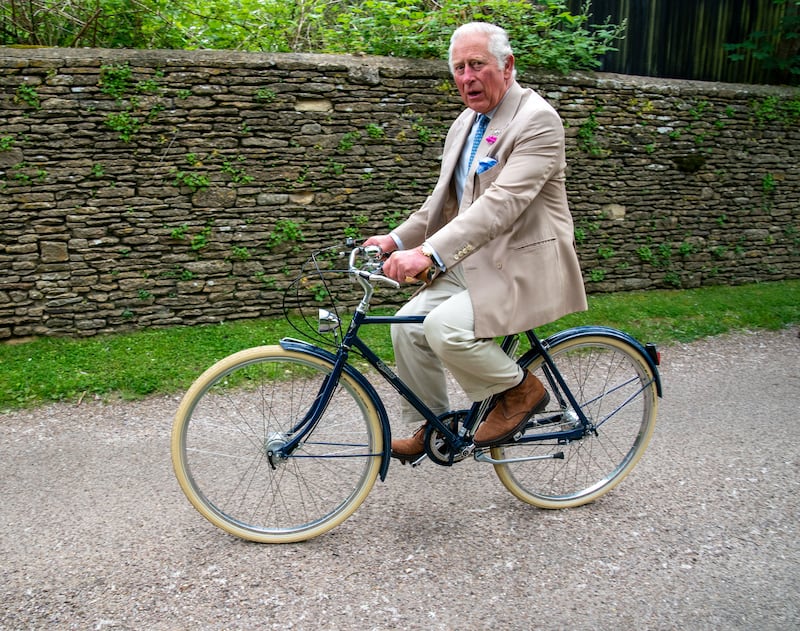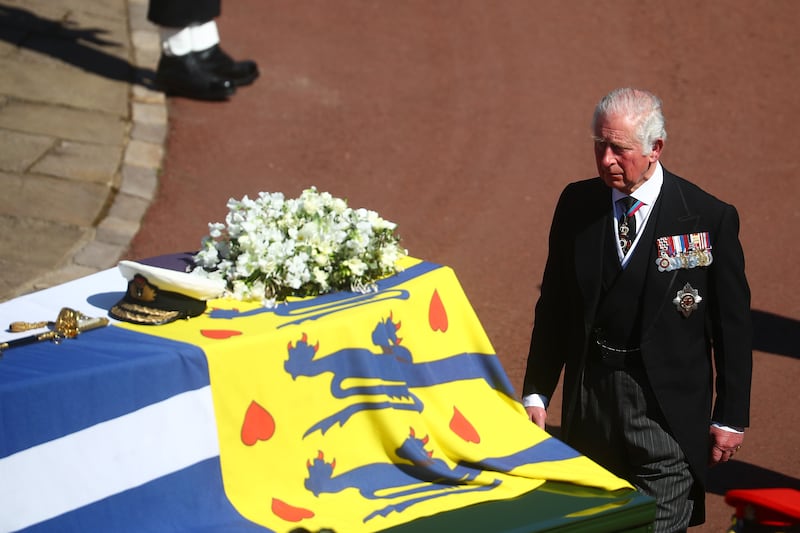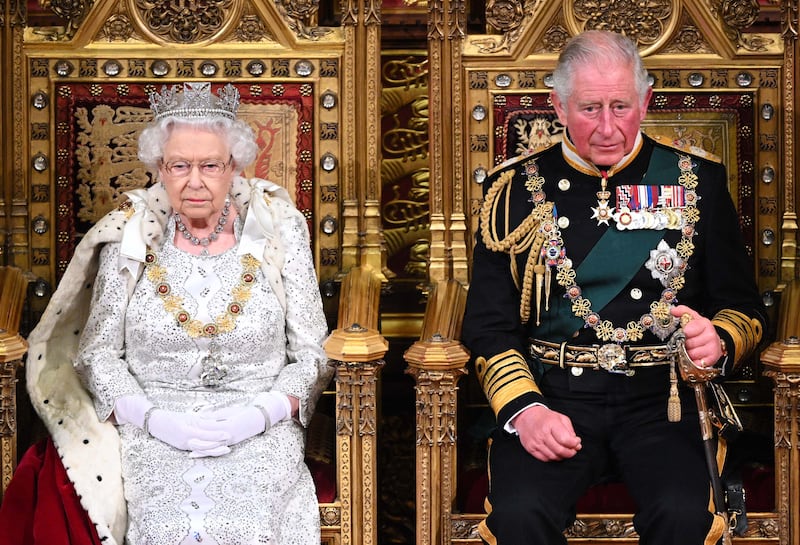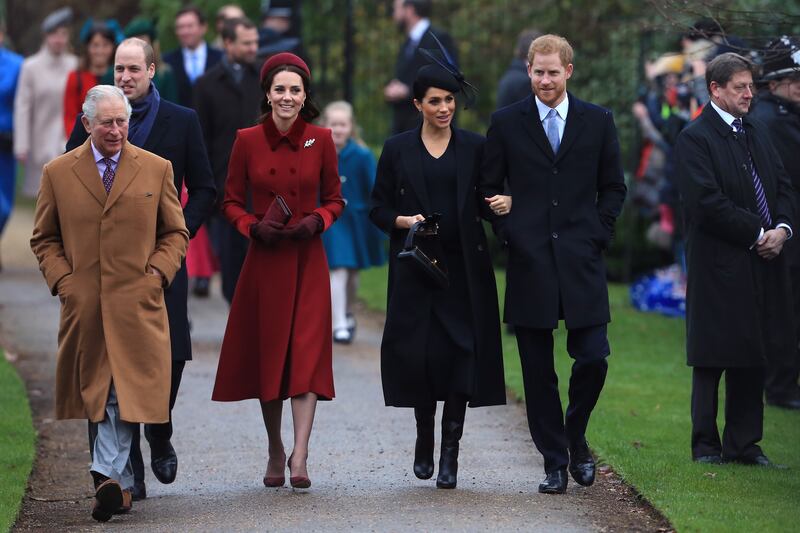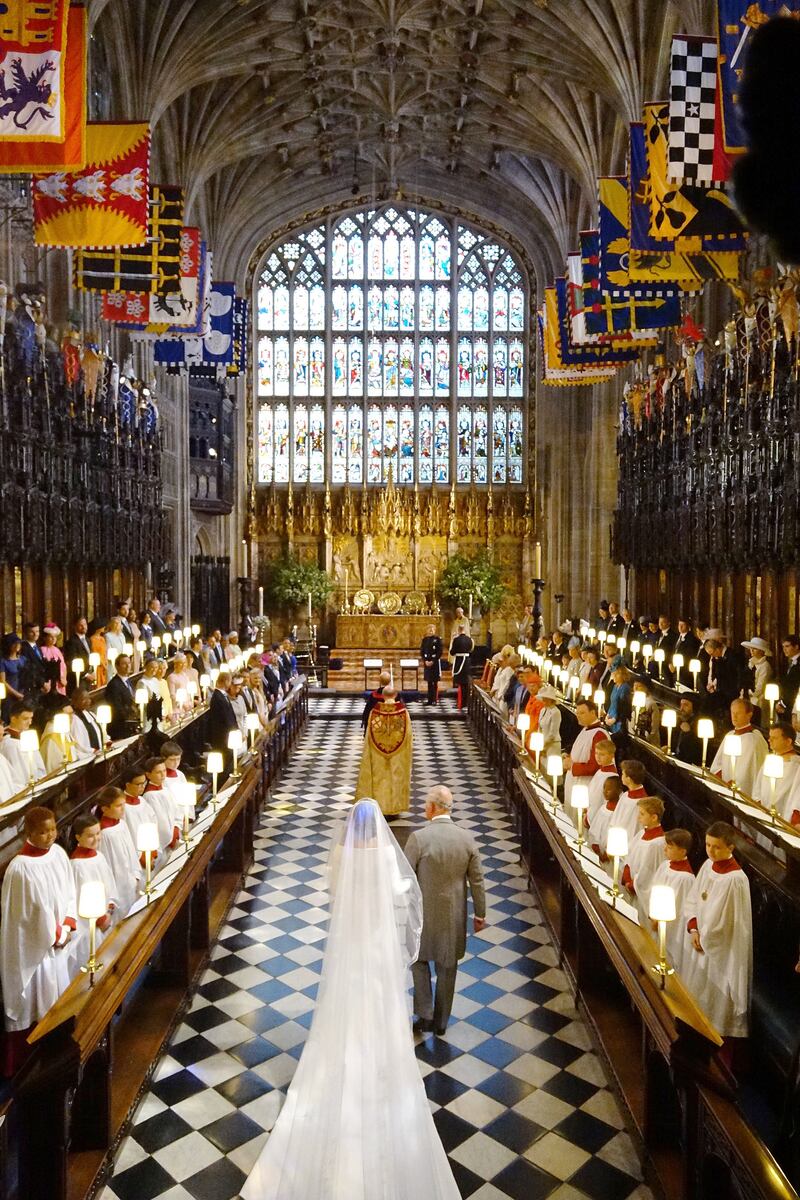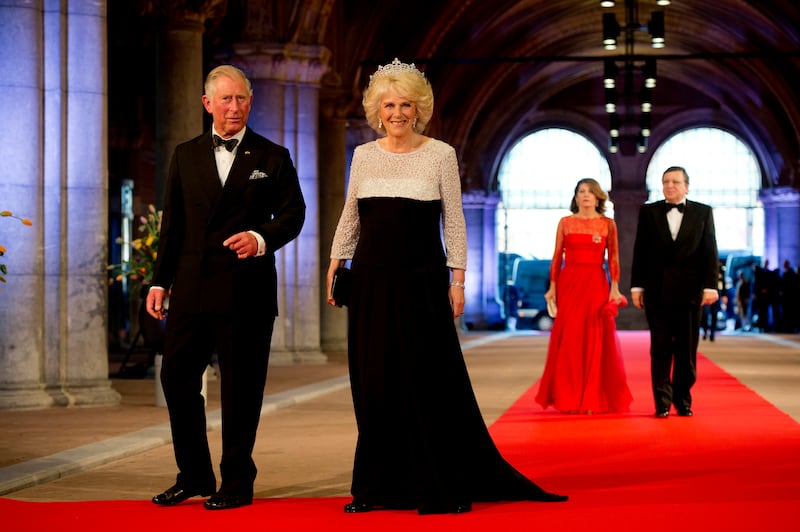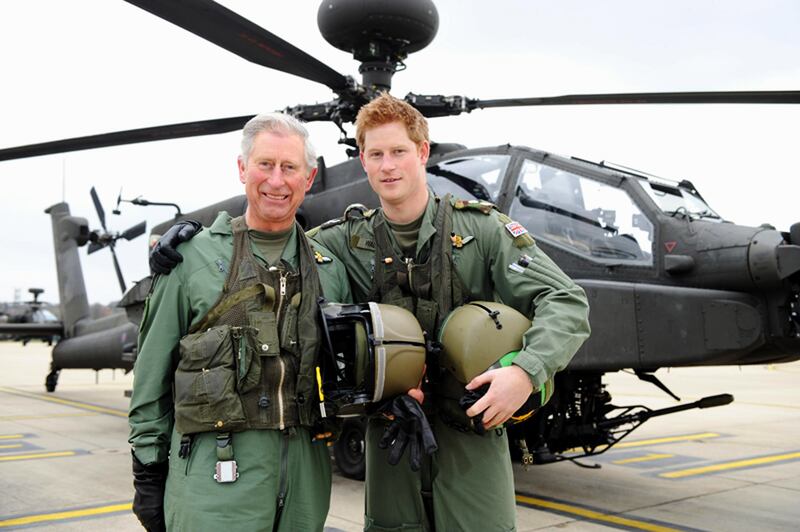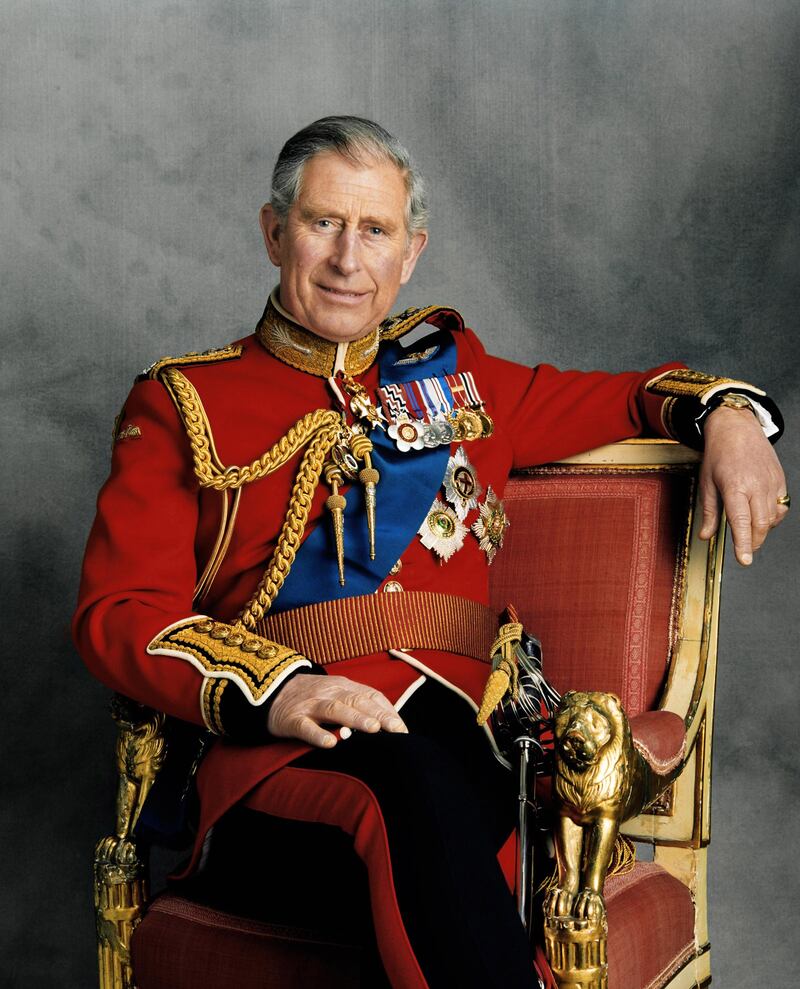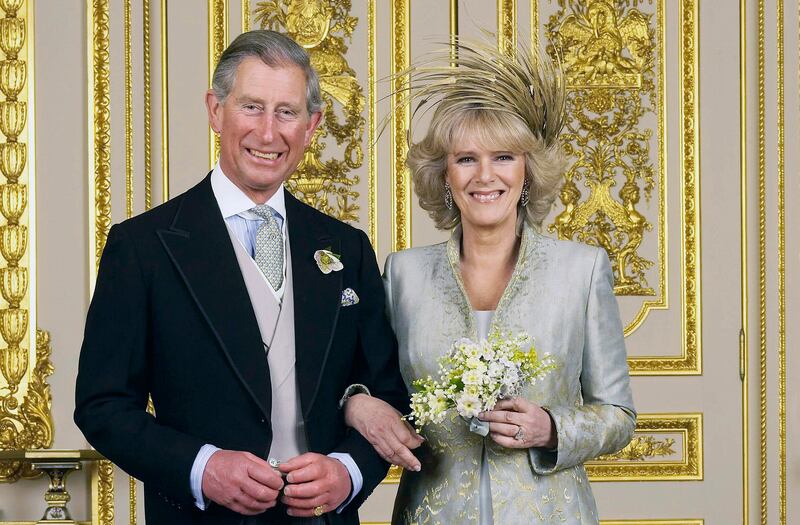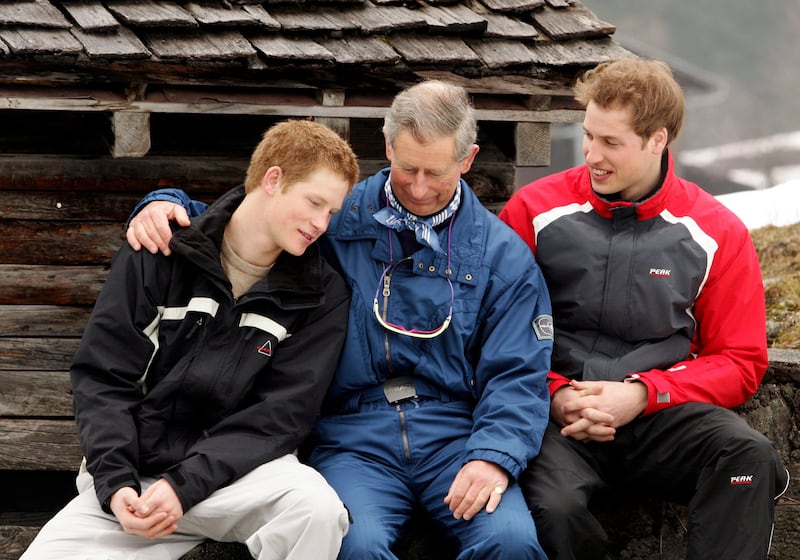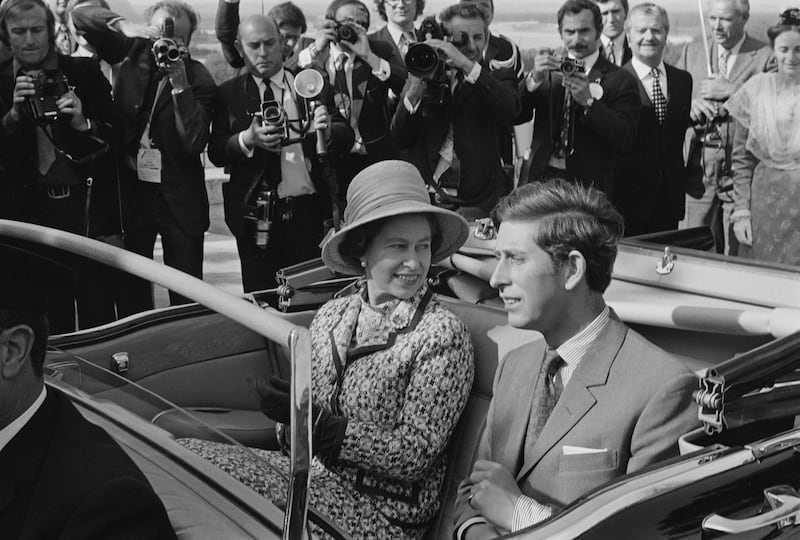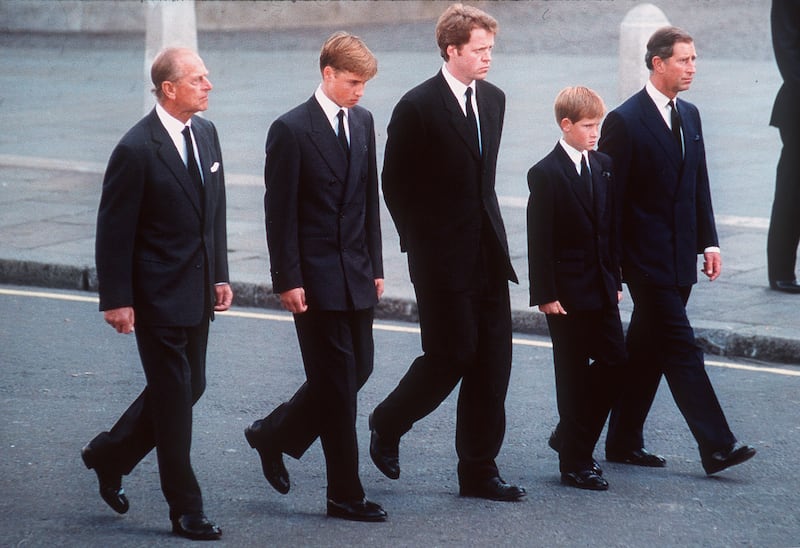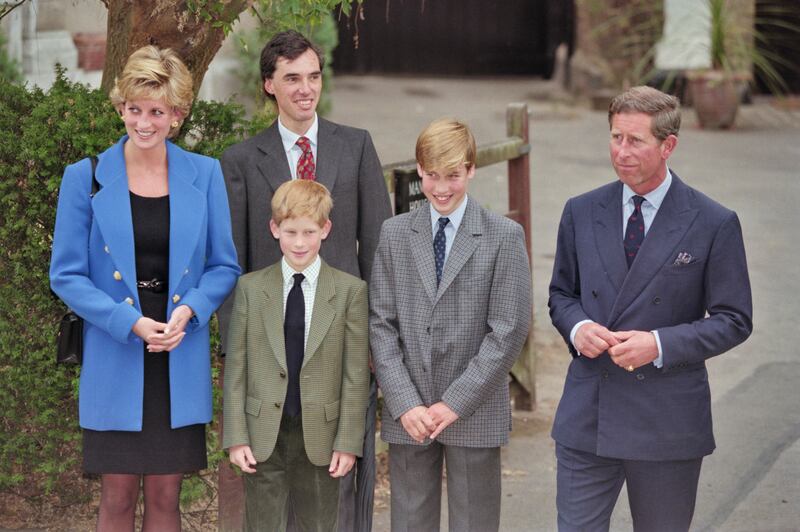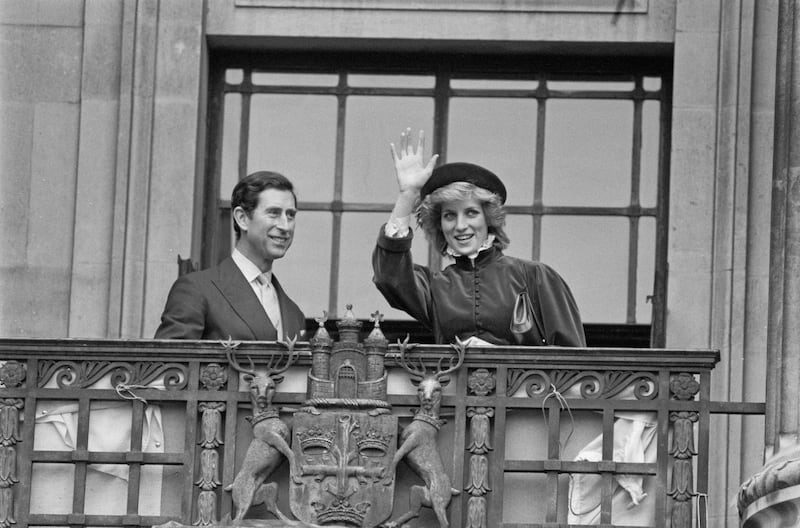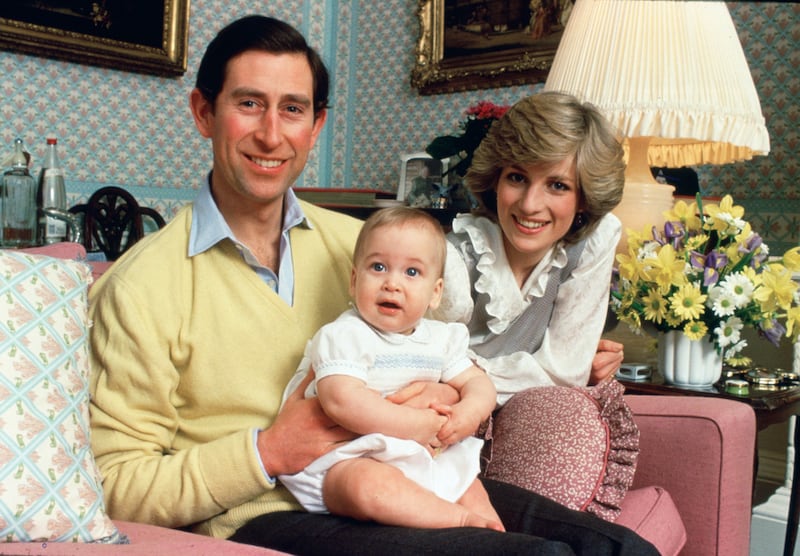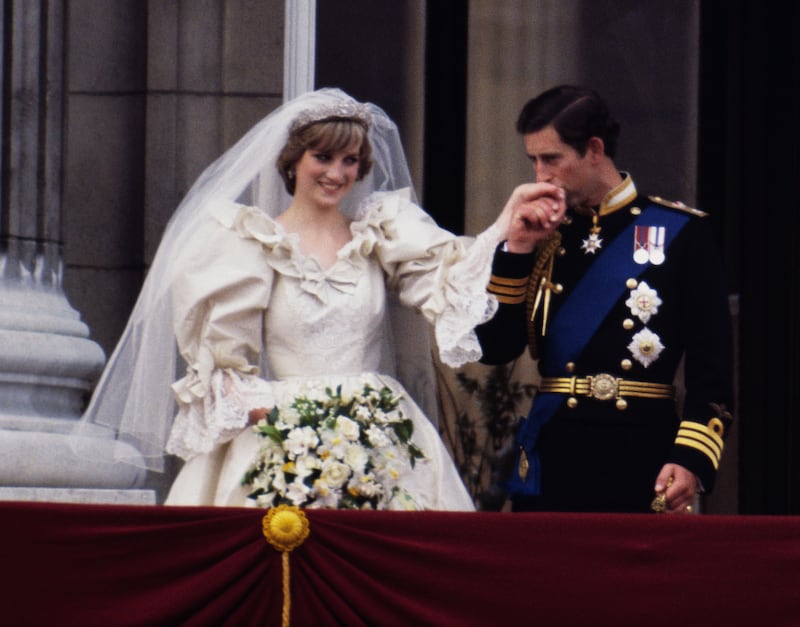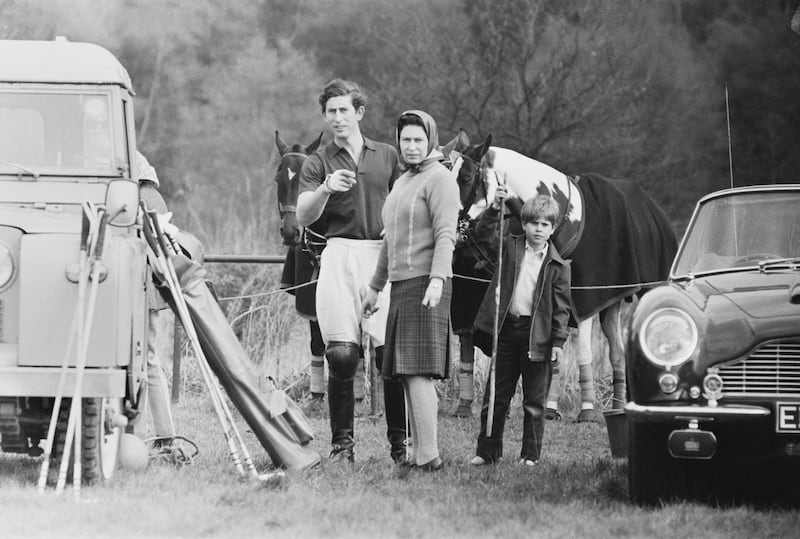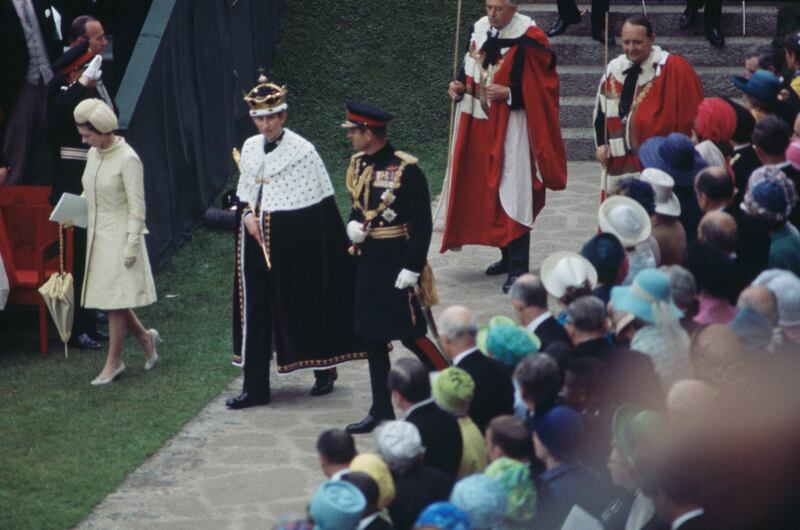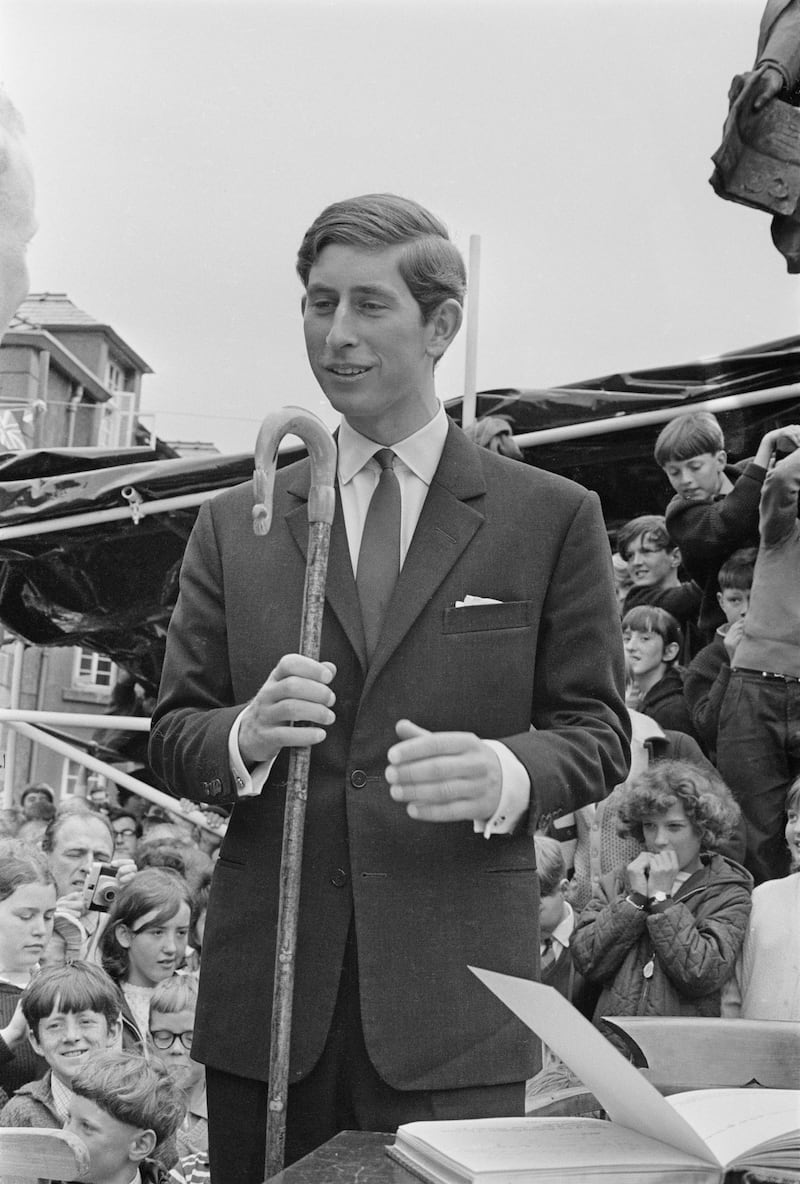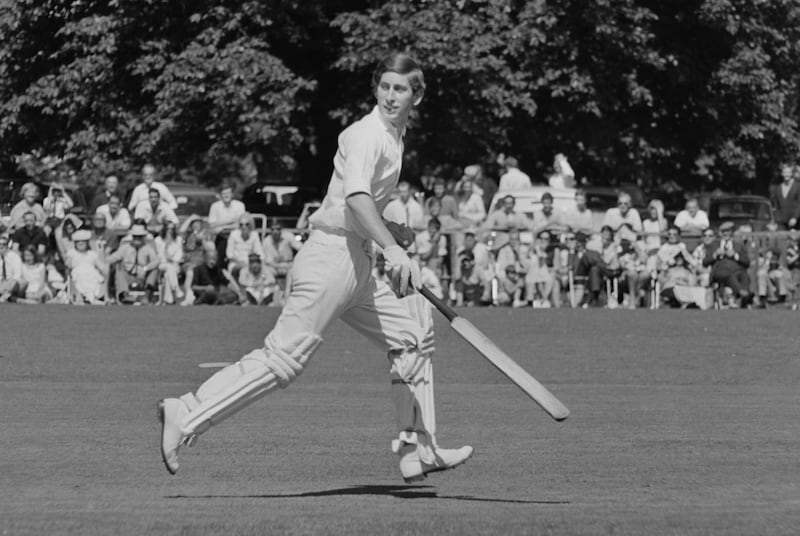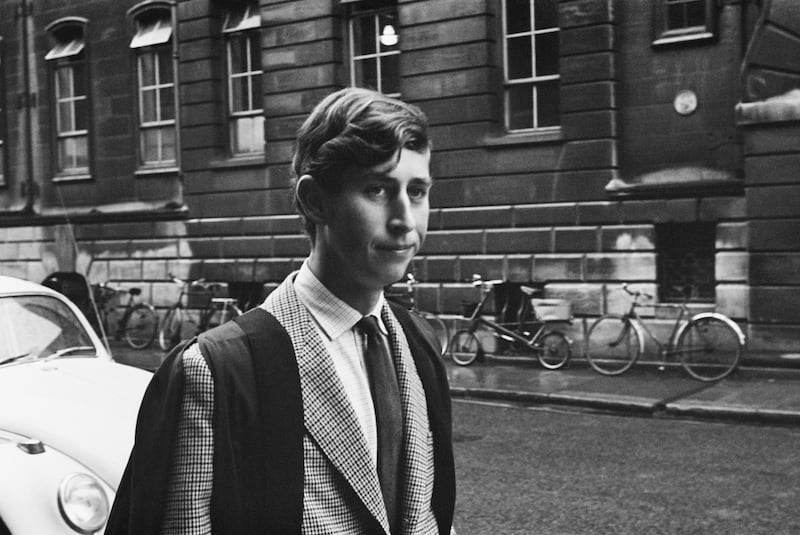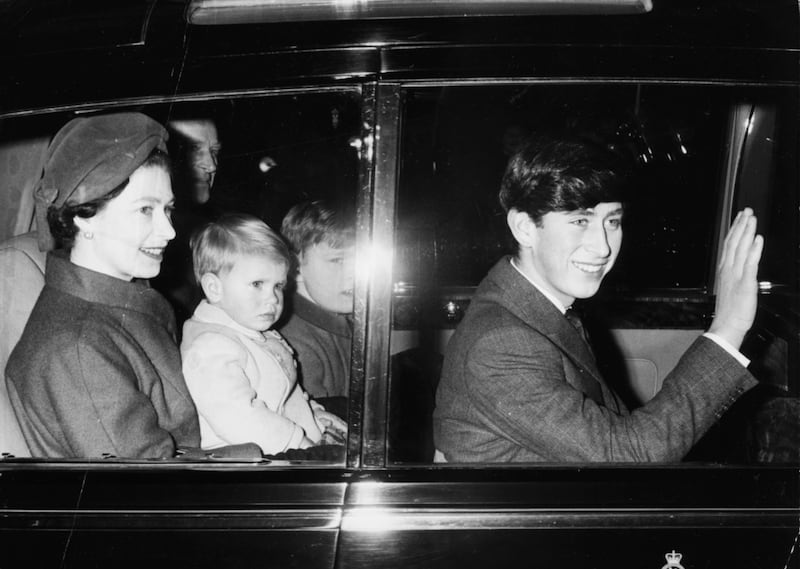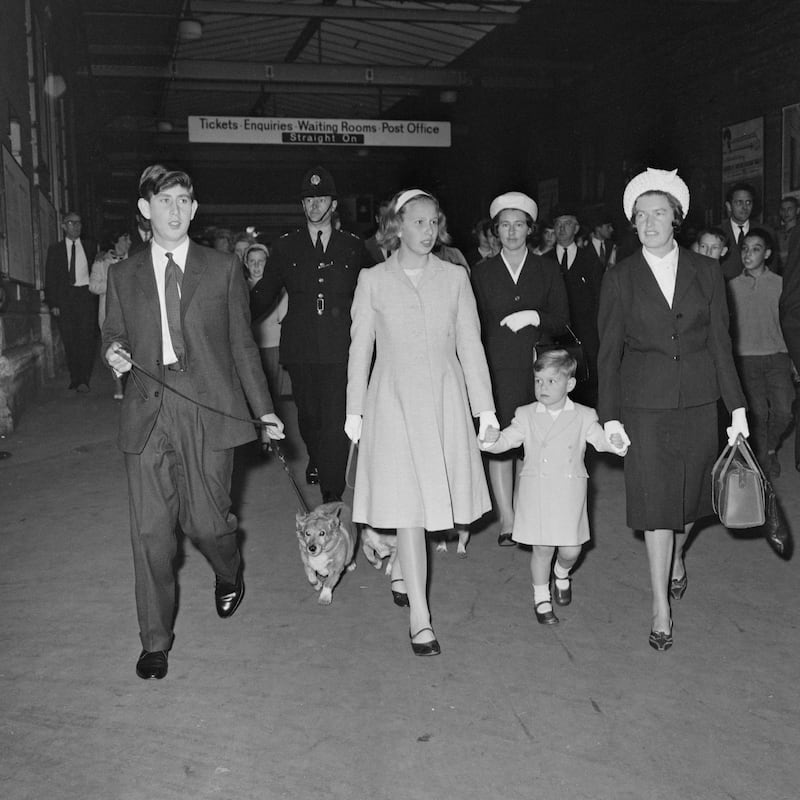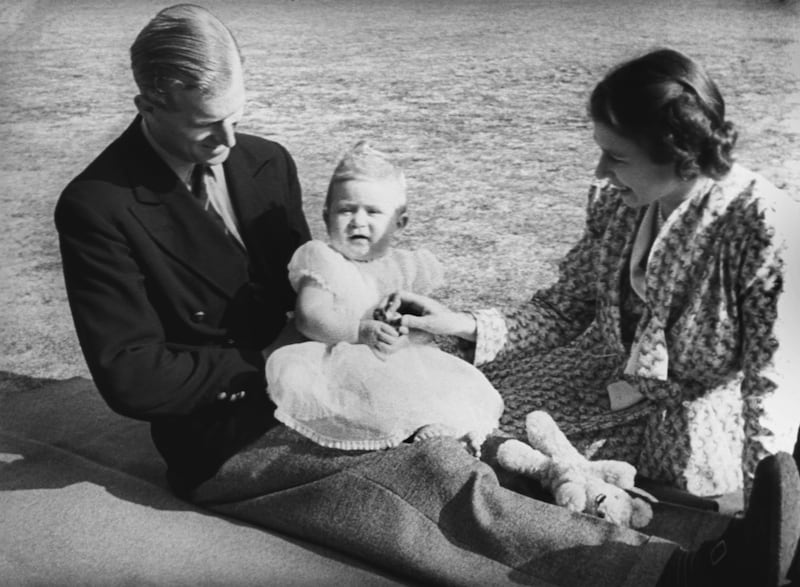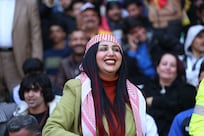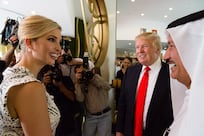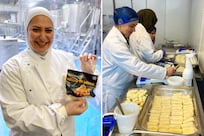Britain's King Charles III is by no means a big spender. Despite the fact that his personal wealth is estimated at more than £600 million ($750 million), he has a reputation for frugality.
Sources say some of his frugal nature, as well as a substantial boost to his wealth, was inherited from his mother, the late Queen Elizabeth II.
She famously adhered to the "make do and mend" attitude that was so prevalent among the generations that grew up during the Second World War.
In a biography of Queen Elizabeth II entitled Young Elizabeth: The Making of our Queen, author Kate Williams claimed that the late monarch saved the wrapping paper and ribbons from the gifts she’d received, smoothed them out and stored them for re-use.
Others say the new king developed his sense of frugalness after his divorce from Diana, Princess of Wales, a process that cost him an estimated £17 million.
Duchy of Cornwall
Figures from the Duchy of Cornwall, which is the personal wealth generator of the heir to the British throne, show that when Charles was the Prince of Wales, profit or what is referred to as "distributable surplus" in the Duchy's annual reports grew handsomely.
In the 10 years between 2012 and 2022, the distributable surplus of the Duchy of Cornwall grew by 25.7 per cent to £23 million.
During the same time, the Duchy's net asset value grew by 44 per cent to just over £1 billion.
The Duchy of Cornwall is principally a land management company, comprised of 55,000 hectares, with about half in Dartmoor and various properties in Somerset, Herefordshire and the Isles of Scilly.
About 13 per cent of the Duchy’s land holdings are actually in Cornwall.
Part of King Charles's frugality also stems from his environmentally friendly stance.
His green attitude has steered him towards recycling and a critical view of waste.
"I'm one of those people who hate throwing anything away," he told Vogue magazine three years ago. "Hence, I'd rather have them maintained, even patched if necessary, than to abandon them.
"The difficulty is, as you get older, you tend to change shape, and it's not so easy to fit into the clothes. I can't bear any waste, including food waste. I'd much rather find another use."
Make do and mend
In a special issue of Country Life magazine that King Charles guest edited when he was Prince of Wales five years ago, he said that his tailors were instructed to keep scraps of cloth from every piece of clothing they make for him.
That way, any patching up that's subsequently needed is seamlessly achieved. He was recently photographed in a camel wool overcoat that his father was photographed wearing in the 1950s.
With a nod to the cyclical nature of fashion, King Charles said several years ago that he becomes fashionable every 25 years or so, because he keeps as many of his jackets and shoes going for as long as possible.
He is also said to be a stickler for leftover food, which should not be thrown away, but saved for the next meal.
This came to light in an interview the website Racked.com did with former royal chef, Carolyn Robb.
“If there were leftovers, they’d be used one way or another," she told the website.
"If not for him, then rehashed and used for a meal the following day. If we made roasted lamb and there were leftovers, we’d probably go and make shepherd's pie the next night.”
Food products have long interested King Charles. Back in the early 1990s, he set up Duchy Originals, a company that sold organic produce from his farm on the Highgrove House estate.
After initially selling mostly biscuits to high-end retailers such as Fortnum and Mason and Harrods, over the years Duchy Originals expanded greatly, with the profits donated to charity.
After the 2008 financial crisis, it struggled somewhat and in 2009 Duchy Originals entered into an exclusive partnership with the Waitrose supermarket chain, which now claims it is the largest organic food and drink brand in the UK.
It is now more than 30 years since the first Duchy Original oat biscuits appeared on retailers' shelves. The company now has more than 300 products sold in 30 countries.
Working Royals
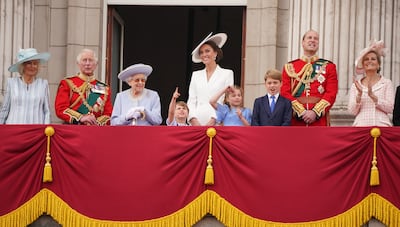
Now that Charles III is king, some of his frugality may be applied to the royal family as a whole.
At the moment there appear to be 11 working royals, those who represent the king at official events.
They meet visiting international dignitaries, host state dinners and sometimes travel to promote Britain's nation interests.
But the conventional wisdom is that King Charles will reduce the number of these working royals, making them private citizens again and to some extent unburdening them from the royal purse.
King Charles, Queen Consort Camilla and the heir to the throne William and his wife Kate, Prince and Princess of Wales, could constitute the new slimmed-down group of working royals.
"He could downsize the institution in terms of the number of working royals," royal historian Dr Ed Owens told The National.
"They don’t need to do all this work in society — the reason they do it is because they believe it’s their way of staying relevant and meaningful.
"There are other things they can do, however, to stay relevant and meaningful. It doesn’t need to involve this constant routine of engagements and civic visits; there have to be some of them, but there are other ways of doing it."
It seems odd that one of the richest families in the world should pinch pennies to the extent that some of the senior Windsors do.
Five things to expect during the coronation of King Charles III
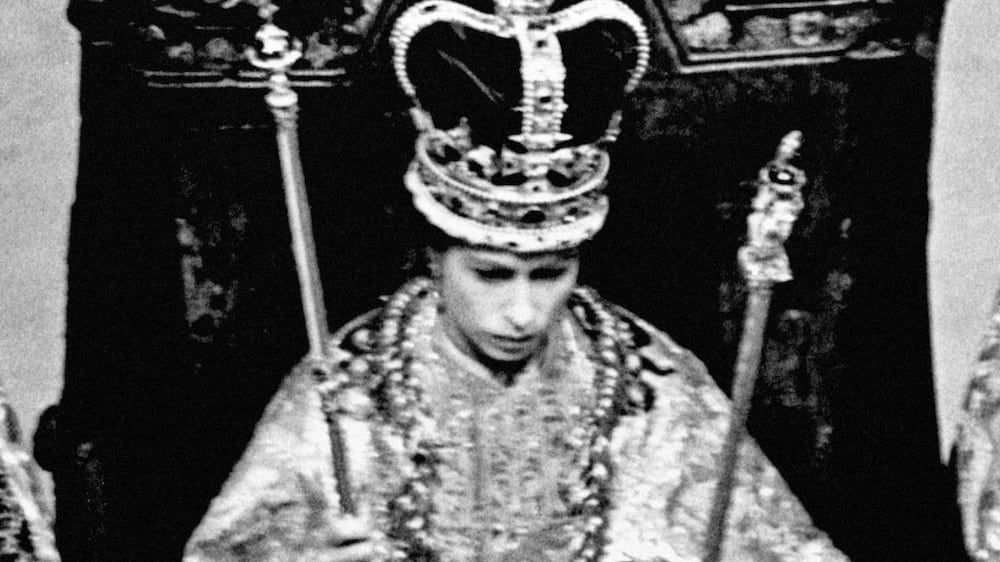
Some of it is a habit and attitude that has been handed down. Some of it might be down to what seems a deliberate policy to spend the money on the royal "brand", rather than any personal bling.
Bling is reserved for the public pomp and ceremony.
During his coronation, King Charles III will wear the St Edward's Crown, which is worth about £50 million.
Although the crown is seen as the official crown of coronations, it's only been worn by six British monarchs since Charles II in 1661.
Charles will wear it once at the coronation and never again. The entire coronation is estimated to cost somewhere between £50 million and £100 million.
But the British taxpayer will be footing that bill, not the royal family.
